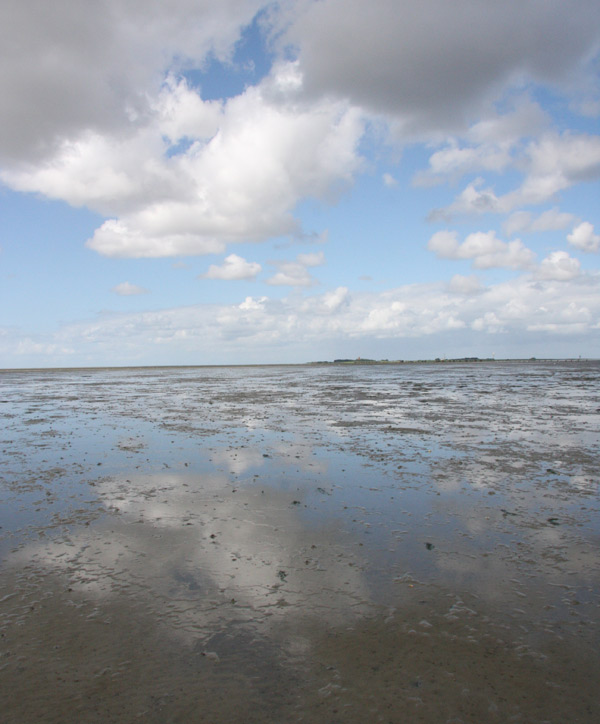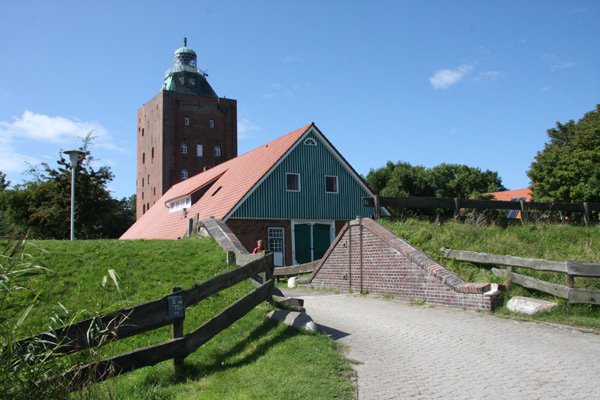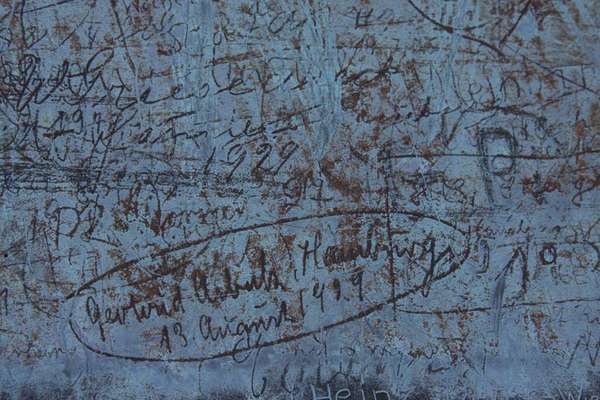Are we really in Hamburg? The island Neuwerk
- 20. August 2017 - General, Hamburg, Germany, Knowledge
More than 100 km to the northwest of Hamburg you can find the quarter Neuwerk, that belongs to the district Hamburg-Mitte. Scarcely 40 people live on the approximately 3 km2 tidal island Neuwerk at the Elbe estuary. Despite its location it has (with short breaks) been a part of the Hanseatic city for more than 700 years. The uninhabited neighboring islands Scharhörn and Nigehörn are part of the quarter as well.
The islands are in the center of the Hamburg Wadden Sea National Park. With its 13,750 hectare, it is the smallest of the three German Wadden Sea National Parks. You can reach Neuwerk at low tide from the Lower Saxony coast on foot or on a “Wattwagen” (a horse-drawn carriage). During the summer there is also a daily ship connection from Cuxhaven.
History of Neuwerk
Why does Hamburg have such an idyllic and remote quarter? It has much to do with Neuwerk’s strategic significance for shipping in history and therefore for the Hanseatic League. The Elbe estuary was especially important for Hamburg’s trade; therefore it needed protection from piracy. It was also quite dangerous due to a lot of sandbanks. In 1299 Hamburg acquired the right to build a fortified tower and navigation mark on the island that was then called “Nige O” or “Nige Oog” (“New Island”). Between 1300 and 1310 it was erected under financial assistance of Lübeck. Today, the tower is one of the oldest buildings of Hamburg. It was called “Nige Werk” (“Neues Werk”/”New Work”) which became soon the name of the island. Since 2014 the tower isn’t a navigation mark any more, but is used only as viewing platform, hotel and Restaurant.
Not far from the tower is the graveyard of the nameless that was consecrated in 1319 by a bishop. Until 1928, sailors that were washed up around Neuwerk were buried here. Today, the deceased are transferred to the mainland. In the past, many places and islands along the North Sea had graveyards like this.
The first residents of Neuwerk were the guards of the tower. But even earlier, the island was visited by merchants from Bremen, Stade and Hamburg for trading fish. Probably soon after the tower was built, there were stables. But a real, permanent settlement of people wasn’t possible until the embankment was built (1556-1568). From now on, agriculture became possible. In 1572, three hereditary lease farms were assigned from Hamburg; in 1575 two fisherman’s families were allowed to settle at the island as well. Only in the 18th century, it became possible to buy the farms. But even then, they usually were passed on within the family. The population of the island didn’t often rise above 50, probably due to the harsh living conditions and frequent storm floods that caused serious damage.
In the 20th century, Neuwerk became more and more touristic. In 1905 the first hotel opened, from that time onwards the island served as a seaside resort. In the 1960s/70s tourism replaced agriculture as main income. Today, the small island is visited by about 100,000 tourists per year.
Administratively, Neuwerk belonged to the newly established Amt Ritzebüttel on the opposing mainland from 1394 onwards. This was possible because after they had attacked the island, the noblemen Lampe had to concede their estates to Hamburg. Under French rule, Amt Ritzebüttel with Neuwerk was part of the Département des Bouches de l’Elbe from 1811 to 1814. In 1813, the people of Neuwerk were displaced due to conspiring with the English. After the departure of the French in 1814, they reacquired their island. In 1872, Ritzebüttel as well as the harbor settlement Cuxhaven were united to the rural community Cuxhaven under Hamburg’s rule. In 1935 Neuwerk was incorporated as well.
In 1937, Hamburg handed over its Cuxhaven territories including Neuwerk and received among others Altona and Wilhelmsburg. Neuwerk was Prussian from now on and became part of Lower Saxony after World War II. But Hamburg had reserved rights regarding the harbors in Cuxhaven. These were only assigned to Lower Saxony in 1993, after Hamburg already had received back the islands Neuwerk and Scharhörn as well as the surrounding Wadden Sea in 1969.
The Hamburg Wadden Sea National Park
In the early 20th century, Neuwerk’s island teacher Heinrich Gechter recognized the importance of Scharhörn for seabirds. He promoted it to become a protected area. In 1939, a seabird reserve was established. It was later extended and further reserves were added on Neuwerk. They were even further extended after Schleswig-Holstein and Lower Saxony had declared their parts of the Wadden Sea to be National Parks.
In 1990, the Hamburg Wadden Sea National Park was established and replaced the earlier protected areas. Since 2011, the Hamburg Wadden Sea is part of the UNESCO “Wadden Sea World Heritage”. It stretches over 500 km along the coasts of the Netherlands, Germany and Denmark.




0 comments